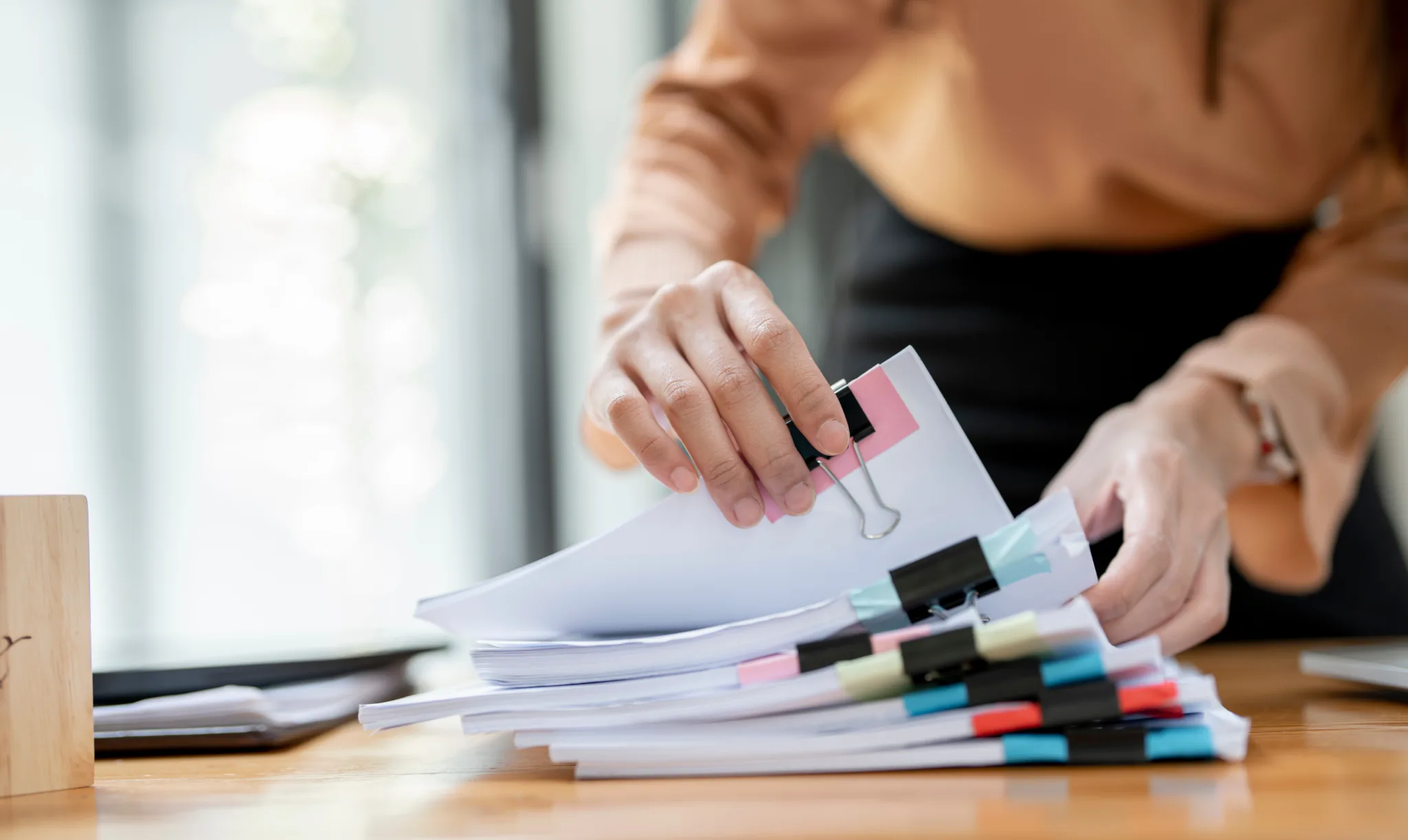Inventors used to toil in great secrecy to develop new ideas and bring them to market, hoping nobody had beaten them to the patent office. In the early days of the patent wars, inventors resorted to all kinds of dirty tricks to prevent patent infringement, including stealing one another’s prototypes and paperwork.
Today, companies and patent holders depend on the relatively civilized forum of civil court to resolve patent infringement disputes. Patent holders have the option of licensing their inventions and collecting royalties for use. For some time, patent holders depended on injunctive relief when their patents were misused. Recent court decisions have made patent holders, corporations, and their attorneys question the dependability of injunctive relief.
Injunction, Royalties, and Equitable Relief
In March 2024, the Federal Circuit Court in California issued a nonprecedential ruling vacating a denial of permanent injunction to a patent holder.[1] The lower court had issued the denial because the “alleged harm” was only to license holders and not to the patent holder itself. (In re California Expanded Metal Products Co., No. 2023-1140 (Fed Cir. Mar. 20, 2024)[2]
The lower court relied on an earlier case, ActiveVideo Networks, Inc. v. Verizon Communications, Inc., 694 F.3d 1312 (Fed. Cir. 2012). In that case, the court held that where a plaintiff had a history of non-exclusive licensing, an infringer in competition with a plaintiff’s licensee did not warrant injunctive relief.
In the CEMCO case, the plaintiff held exclusive license to a number of patents, so infringement on their patents might create a need for permanent injunction. The Circuit Court noted that the lower court did not investigate deeper than the monetary value of the licensing fees, and so did not consider other irreparable loss such as “price erosion, damage to intangible reputation, harm to brand loyalty, and permanent loss of customers.”[3]
The CEMCO case highlights again the courts possible overreliance on the 2014 Supreme Court decision in eBay v. MercExchange and an unwillingness to deviate from the first prong of the four-factor test used for granting a permanent injunction. The result has been a decrease in injunctions against patent infringement and an increase in non-exclusive licensing by patent holders, according to AUTM.[4]
Opinion is split on whether this is has been good or bad for innovation and invention overall. The number of non-exclusive licenses and increase in fees and royalties might suggest the result has not been bad, at least for license-holders. Thos who view patents as inviolable property rights disagree. How should patent holders proceed in infringement cases?
Four Factors, Four Elements
In eBay Inc. v. Mercexchange,L.L.C[5]., 547 U.S. 388 (2006) the Court established (or clarified) a four-point test for determining if a permanent injunction was warranted in a patent infringement case. The plaintiff must show:
- That it has or would suffer an irreparable injury if the injunction is not granted;
- That remedies at law are not available or are inadequate for the injury;
- That a remedy in equity is warranted due to the balance of hardships;
- That it would not harm the public interest to grant a permanent injunction.
The Court also held that no factor outweighed any other, and that each case should be decided on its merits.
Prior to eBay v. MercExchange there had been a presumption of irreparable injury. That is, claimants simply had to show that there had been an infringement of an existing patent (or of a license). Claimants only needed to show that there were no other legal remedies besides an injunction.
eBay forced claimants to meet the irreparable-injury factor before the case could proceed. The Court removed the presumption and required claimants to show that the infringement caused them an injury that could only be remedied by preventing the infringer from ceasing operations, a bar that everyone acknowledged to be extremely high.
There were two concurrences in the eBay decision. Chief Justice Roberts’ concurrence focused on the historical tendency of courts to grant injunctions as equitable relief once all other prongs of the test were satisfied. In other words, injunction was historically the relief granted. Justice Kennedy wrote the second, more commonly cited concurrence. Justice Kennedy was concerned about the possible effect of presumptive injunction on future technologies, products produced strictly for licensing, and multiple patent holders.[6]
Which Justice Had it Right?
A review of eBay and its recent progeny suggests that nobody got it right or wrong. Despite dire predictions that the focus on “irreparable harm” in the courts would stifle innovation and decrease the number of patent applications, this does not appear to be the case. Requests for permanent injunction are down (AUTM, supra), but non-exclusive licensing agreements have more than doubled.
The ABA analysis suggests that Chief Justice Roberts’ belief that courts had become too lackadaisical in granting presumptive injunctions has merit. Prior to the decision, with “irreparable harm” guaranteed, claimants could focus on presenting their case on the merits rather than the harm being caused. A quick description of “loss of goodwill” or “damaged reputation” was proffered instead of substantial evidence of damage.[7]
The eBay decision means courts look more closely at the nature of the harm. Goodwill can be quantified; it simply requires more effort from the claimant and their attorneys. This is particularly true in trademark and copyright cases where a known trademark has a dollar value to the mark holder, and infringement on the mark means loss of revenue. Consider the damage to a known trademark like the “golden arches” if a trademark thief began using them to sell mudpies.
The overall impact of eBay and its progeny has been to remind the courts that injunctive relief should be reserved for serious cases when no other remedy will suffice. If monetary remedies are available, courts must consider them, and parties must accept them. However, if such remedies cannot repair the damage, then an injunction must be available. It must be a cure, not a prophylactic.
What Makes Harm Irreparable
Claimants should know going into litigation what they need to show the court to get injunctive relief. If they truly must force the other party to close up shop, what kind of harm is genuinely “beyond repair” such that money cannot solve their problem?
There are a few solid examples of irreparable harm, that is, harm that cannot be unwound or recompensed by a few extra dollars.
- Lost Market Share. If the infringer’s actions damaged the claimant’s position in the marketplace, there is no coming back. This is particularly true in situations where plaintiff and infringer are competitors in a small market.
- Price degradation or erosion. Royalties or monetary damages cannot compensate for future lost revenue. Additional competition in a niche market means all players lose profit, which is the point of granting exclusive patents.[8]
- Difficulty in calculating actual damages. In some cases, such as when the product is new, the harm is goodwill or loss of reputation, or similar issues, there are no actual damages to calculate. Before it reaches that point, courts can and should grant injunctive relief.
Best Practices for Patent Infringement Claimants
Until courts come to some consensus about what is or is not irreparable harm, claimants can protect themselves by assuming they must prove all four factors, beginning with irreparable harm. Courts have been more receptive to injunctive relief where the patent-holder uses the patent themselves for commercial purposes (rather than third-party licensees, aka “patent trolls”). Courts are also more likely to grant injunctions when:
- The claimant and infringer are direct competitors and the infringer cuts into the claimant’s established market
- Universities and research facilities do better as non-competing parties for policy purposes; public policy wants research facilities to continue their research
- Utility patents have an edge over business methods patents
Even if an injunction is denied, courts must grant some type of relief if there is a showing of harm. If the harm is not “irreparable” then it must logically be “reparable.” If injunctive relief is excessive, monetary relief must suffice.
Other suggestions have included so-called “sunset provisions”—delaying injunctive relief to allow an infringer time to redesign a product or process to lessen the impact on the claimant and the public. Sunset provisions are effective where the patent is close to expiring and where the parties are willing or able to work with one another.
Post-judgment royalties are appropriate if the court determines that injunctive relief is excessive, but the patent holder is entitled to continuing monetary relief because of the impact of the infringement. Licensing cases are particularly amenable to royalties, since all licensees are anxious to keep their products on the market and making money.
Conclusion
The courts have been very uneven in ruling on injunctions since eBay v. MercExchange. Claimants must be prepared to show that they have suffered “irreparable harm,” with details and particulars, and know the quirks of their jurisdiction. Some circuits are less willing to grant injunctions, and in those courts, the focus should be on proving and recouping harm.
[1] https://patentlyo.com/patent/2024/03/injunction-categorical-injunctions.html
[2] https://cafc.uscourts.gov/opinions-orders/23-1140.OPINION.3-20-2024_2288203.pdf
[3] https://cafc.uscourts.gov/opinions-orders/23-1140.OPINION.3-20-2024_2288203.pdf
[4] https://www.hudson.org/regulation/loss-injunctions-under-ebay-evidence-negative-impact-innovation-economy (The Association of University Technology Managers now goes by the acronym exclusively).
[5] https://www.law.cornell.edu/supct/html/05-130.ZO.html
[6] https://www.americanbar.org/content/dam/aba/publications/franchising_law_journal/summer2012/applicability_presumption_irreparable_harm_after_ebay.authcheckdam.pdf
[8] MPT, Inc. v. Marathon Labels, Inc., 505 F. Supp. 2d 401, 420 – Dist. Court, ND Ohio 2007






